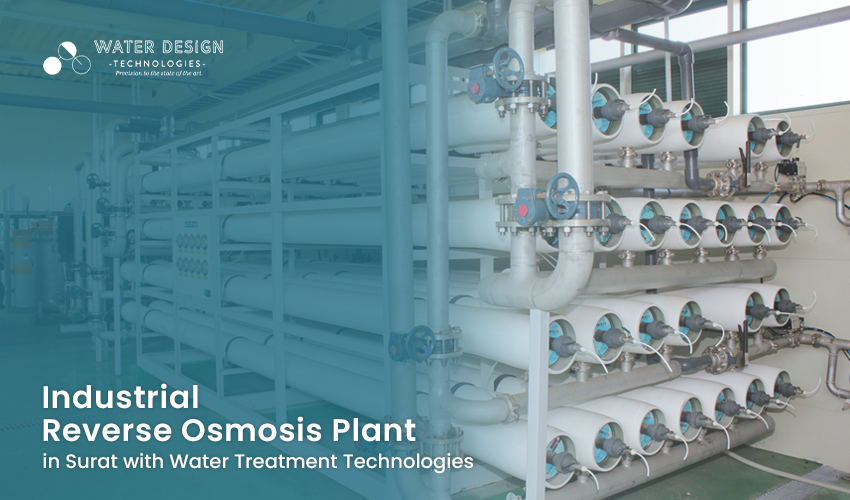In today’s world, water treatment technologies play a vital role in ensuring access to clean and safe drinking water. Among these technologies, the industrial reverse osmosis (RO) plant stands out as a powerful solution for treating water on a large scale. In Surat, a bustling city in Gujarat, industrial RO plants are revolutionizing the way water is purified and made suitable for various industrial processes. Let’s delve into the world of industrial reverse osmosis plants in Surat and explore their significance in water treatment technologies.
Understanding Reverse Osmosis Technology
Reverse osmosis is a process that utilizes a semi-permeable membrane to remove impurities and contaminants from water. In an industrial RO plant, water is forced through this membrane under pressure, allowing pure water molecules to pass through while blocking larger molecules such as salts, minerals, and organic compounds. This results in purified water that meets the desired quality standards for industrial use.
Role of Industrial Reverse Osmosis Plants in Surat
Surat, known for its vibrant textile and diamond industries, relies heavily on water for various manufacturing processes. Industrial reverse osmosis plants in Surat play a crucial role in ensuring a consistent supply of high-quality water for these industries. By removing impurities and contaminants from raw water sources such as rivers, groundwater, or municipal supplies, RO plants provide the necessary water quality required for textile dyeing, diamond polishing, and other industrial applications.
Advantages of Industrial RO Plants
Industrial RO plants offer several advantages over traditional water treatment methods. Firstly, they are highly efficient in removing a wide range of impurities, including dissolved solids, bacteria, viruses, and organic compounds. This ensures that the treated water meets stringent quality standards set by regulatory authorities. Additionally, RO plants are relatively compact and can be installed in limited spaces, making them suitable for industrial facilities with space constraints.
Industrial RO Plant Components and Operation
An industrial reverse osmosis plant consists of several key components, including pre-filtration units, high-pressure pumps, membrane modules, and post-treatment systems. Raw water is first pre-treated to remove suspended solids and organic matter before being pressurized and forced through the RO membranes. The purified water is then collected, while the concentrated brine solution containing rejected contaminants is discharged for proper disposal or further treatment.
Applications of Industrial Reverse Osmosis Plants
Industrial RO plants in Surat cater to a wide range of industries, including textiles, chemicals, pharmaceuticals, food and beverage, and power generation. These plants provide a reliable source of high-quality water for various processes such as boiler feed, cooling tower makeup, product rinsing, and ingredient mixing. By ensuring consistent water quality, RO plants contribute to the efficiency and sustainability of industrial operations in Surat.
Conclusion: Enhancing Water Treatment Technologies in Surat
In conclusion, industrial reverse osmosis plants play a pivotal role in enhancing water treatment technologies in Surat. By harnessing the power of reverse osmosis, these plants provide a reliable and sustainable solution for purifying water on a large scale. As Surat continues to grow and develop, the importance of industrial RO plants in ensuring access to clean and safe water for industrial processes cannot be overstated. Through ongoing innovation and investment in water treatment technologies, Surat is poised to meet the water needs of its industries while promoting environmental sustainability for future generations.


